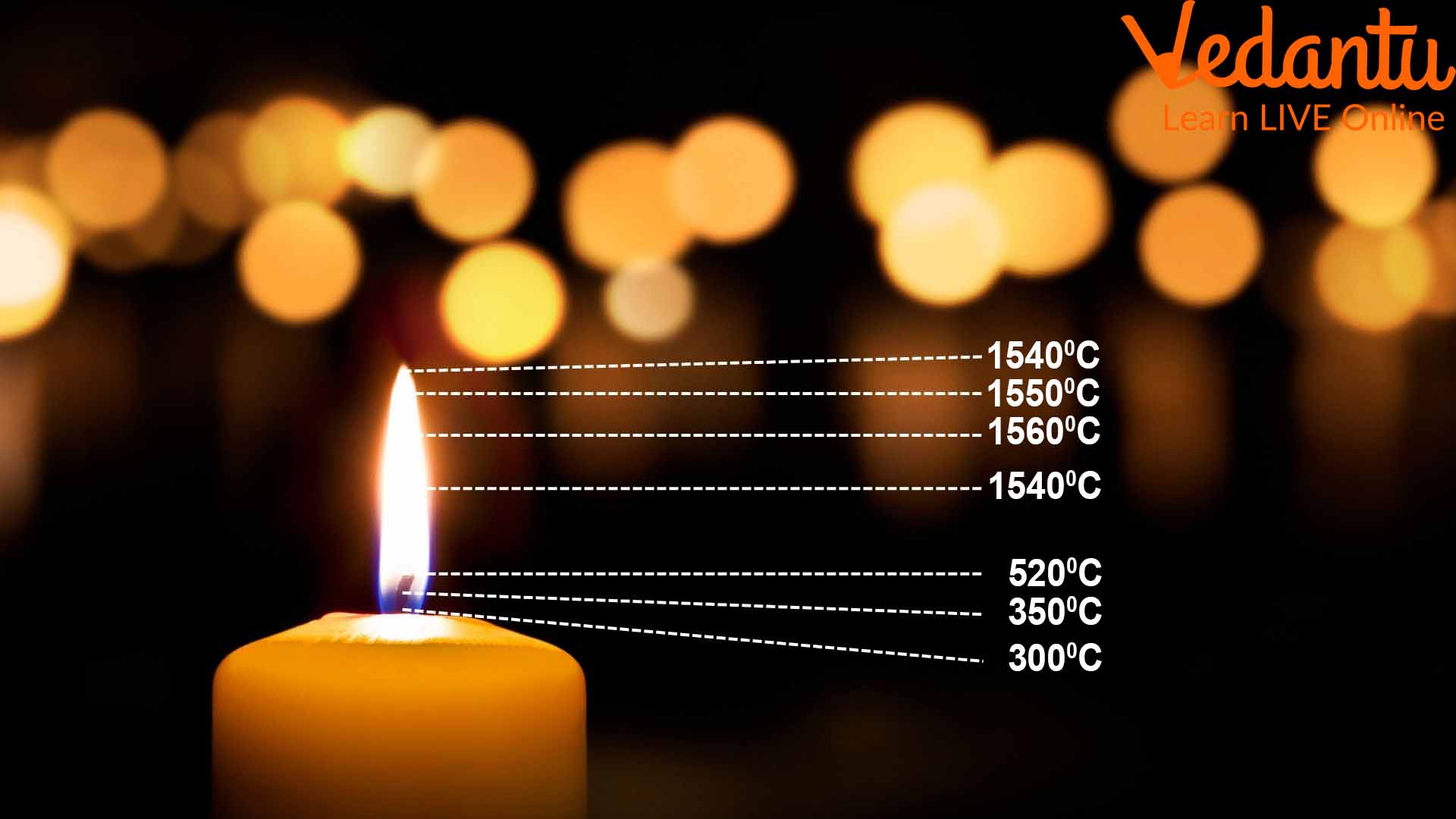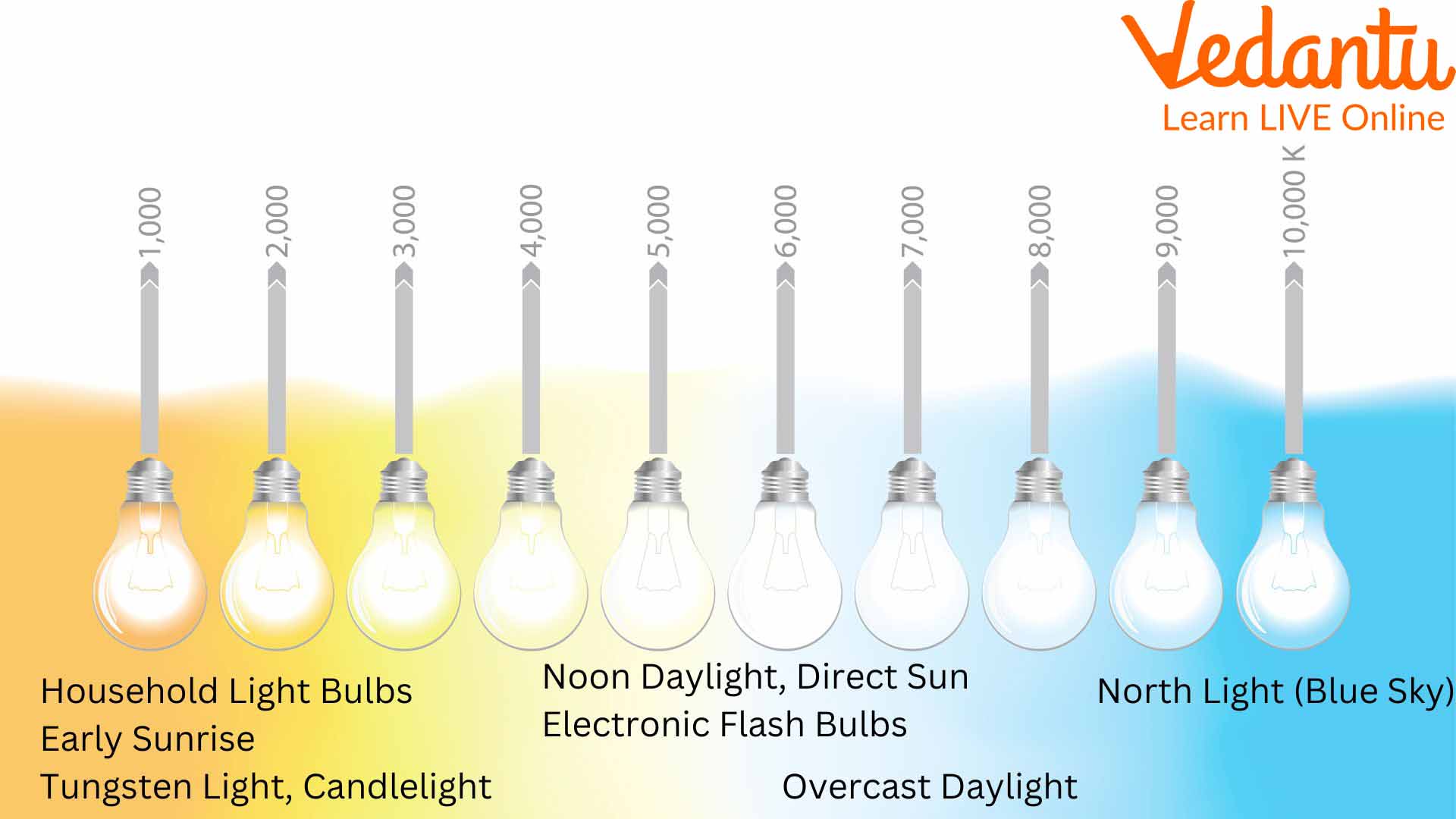Why is Fire Hot?
Fire is the prime source of energy we have been using since our ancestors learned how to make it. Learning how to make fire has changed the course of human development. There is one fundamental question that is asked by curious young minds. Why is fire hot? What is the reason behind the bright flames being hot?
There is science hiding behind the warmth of a fire. It is a form of energy produced when things burn. The flames are the form of energy we can see. We can feel the heat from the flames when we come closer to the fire. In fact, an ignited pile of wood with no fire can also produce a potential amount of heat. Let us know why the fire is hot in detail.
Fire is a Source of Heat Energy
Fire is the flames erupting from a burning source. These flames are actually the visible form of energy caused due to burning of a source. These flames are actually the source of heat we can feel from a distance.
Heat is a type of energy and it can be achieved in different forms. In science, we use the heat of combustion to run machines and to perform other operations using various equipment. Let us consider a simple example here. When wood burns, it produces yellowish orange flames. These flames are used to cook food. These flames thus produce heat. This heat is then transferred to the cooking utensils and the food is cooked. This heat produced is the result of combustion.
What is Combustion?
Combustion is defined as the chemical process where the constituents of material burn in presence of oxygen. For instance, when coal is burned, its constituent carbon and other elements burn in presence of oxygen to produce heat. Light energy is also produced when something is burned.
Hence, burning is a process of combustion where oxygen is required and fire is the product. The flames constitute fire produced during burning. It is the form of heat energy we can see with our eyes.
Let us consider another example. When we strike a matchstick, its head catches fire. Do you know why it happens? Due to the friction, heat is produced. It is enough to reach the ignition temperature of the chemical present in it. It results in the matchstick catching fire. In this example, heat is used to produce fire and fire is used to produce heat. Fascinating, isn’t it?
What is Ignition Temperature?
While discussing combustion, we came across a term named ignition. What is it? Ignition is the point where a body starts burning. It catches fire at that point. It can be defined as the temperature at which a body catches fire or starts burning. With examples, we can define ignition temperature.
Iron ignites at the temperature of 1,315 °C. Hydrogen ignites at 535 °C. These are the common ignition temperature examples. At this temperature, a substance starts burning. Consider the example of matchsticks, when heat is produced due to friction, it starts the combustion of the chemical substances in their heads. It means the heat produced reaches the ignition temperature of the substances.
Temperature of Fire
Now that we have discussed what fire is, a common question arises. What is the temperature of fire? How hot is a flame? Well, the answer to this question entirely depends on the substance burning.
When wood burns, it produces a temperature of 1100° C. It can exceed considering the different types of wood burning. In fact, the temperature of the flame depends on its location and colour.
The tip of the flame of a candle is the brightest and it burns at a temperature of 1200° C. You will be surprised to know that there is an invisible part of the flame right above the tip which burns at a temperature of 1400° C or more. If you notice carefully, you will find a blue flame right at the wick of a burning candle. Its temperature is the lowest and it burns at 600-800° C.

Different Temperatures in a Candle Flame
Even if the blue flames of a candle are less hot, blue flames are higher in temperature. Considering the colour wavelength, blue flames are the hottest. Check the flame colour temperature chart to find out the temperature of flames.

Flame Temperature According to the Colour Chart
The highest recorded flame temperature is 4990° C. It was produced using a mixture of ozone and dicyanoacetylene gases. The coolest known flame has a temperature of 120° C and it was produced using an air-fuel mixture.
What are the Uses of Fire?
The common uses of fire are listed below:
Fire is used for cooking. It is created by burning a source as fuel. The common fuels used these days to cook are liquefied petroleum gas (LPG), kerosene, wood, etc.
Fire is used to keep homes warm. Colder places have houses with fireplaces. Fire is burnt using wood to radiate heat and keep the walls warmer to increase the interior temperature.
Fire is also used as a source of light.
Fire is used to produce heat for various chemical reactions and to burn waste.
Fire is also used in industries for melting and incinerating things. It is used in different intermediate processes for manufacturing things.
Fire is also used as a destructive weapon.
Trivia of Fire
According to historical evidence, Neanderthals started using fire almost 400,000 years ago. Some researchers have found campfire sites dating back to 1 million years. The longest known fire burning is in New South Wales, Australia. It has been burning for 5500 years as per records.
This is all about why hire is hot and its related terms. We have learned that fire is a form of heat energy.







